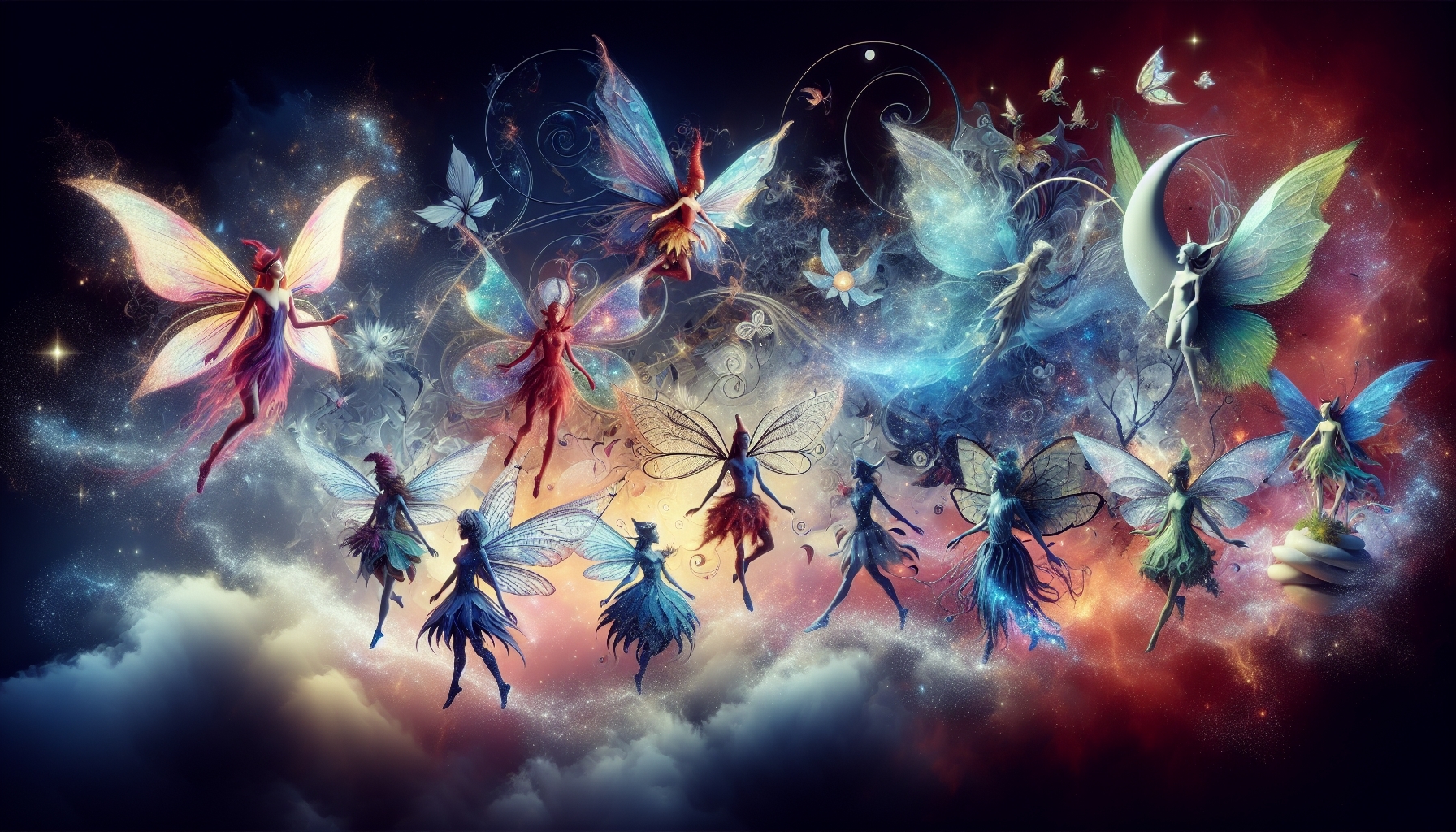Fantasy Creatures
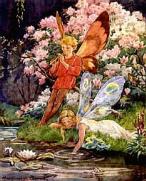
Searches for Fantasy Creatures and even Mythical Creatures include Fairies. Does this mean that Fairies are Real! Do they not belong in this group? We think they belong but, we will discuss faeries in other pages.
Here we will discuss other Fantasy Creatures such as Dragons, Unicorns, Mermaids and more.
A List of Fantasy Creatures
Fantasy and mythical creatures have been a significant part of human culture and storytelling throughout history. They often symbolize our fears, desires, or aspects of the human condition. Here are some well-known fantasy creatures from various cultures and their origins:
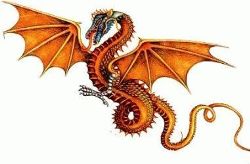
- Dragons: Found in both Eastern and Western folklore, dragons are large, serpent-like creatures with extraordinary powers. Western dragons are often depicted as fire-breathing, winged beasts, whereas Eastern dragons are benevolent, divine beings associated with water, wisdom, and good fortune.
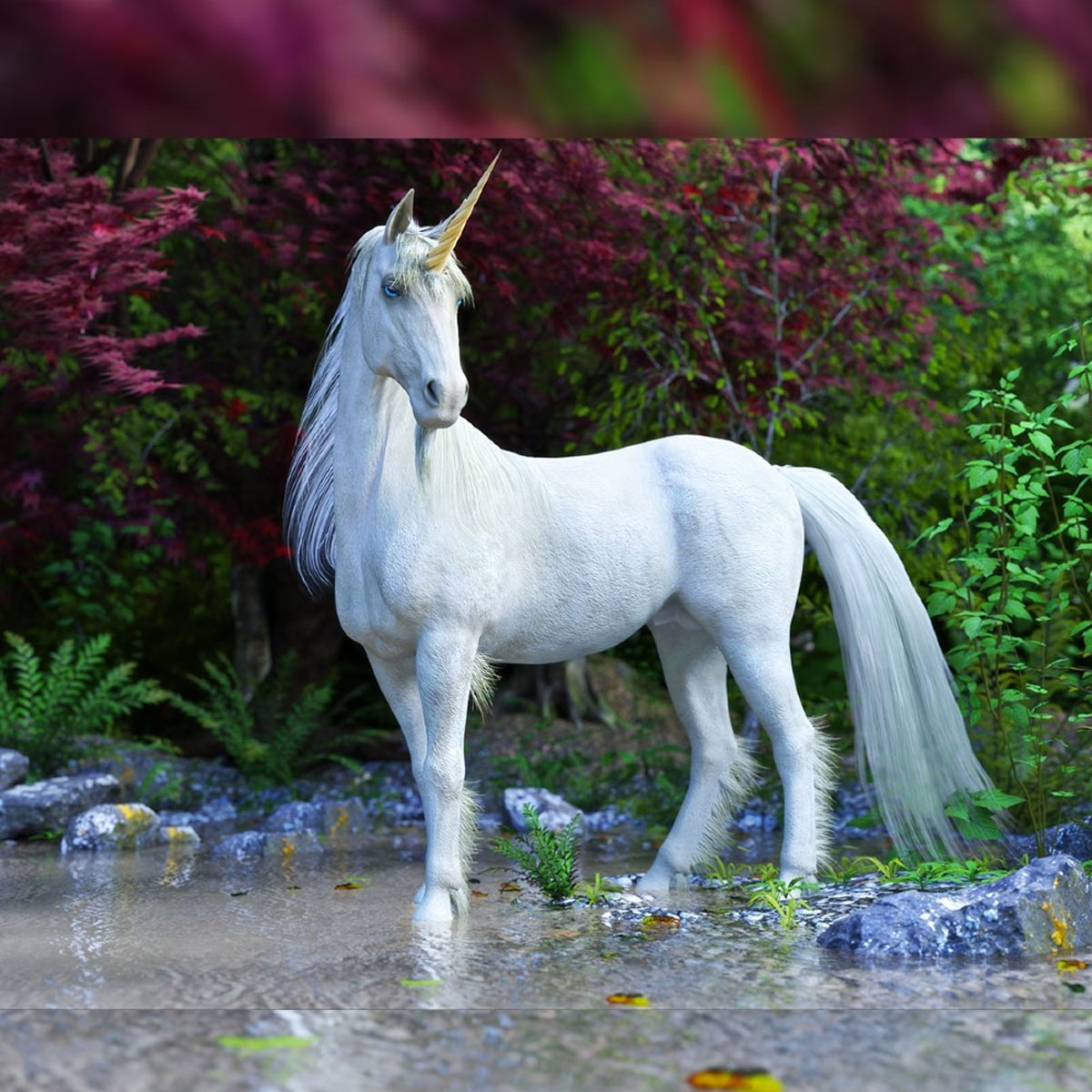
- Unicorns: These mythical creatures are horse-like beings with a single spiraling horn on their foreheads. They are often associated with purity, innocence, and healing. Are Unicorns Real - The unicorn is described as a graceful horse with a single beautiful horn sticking out of its forehead. It dates back to 5500 BC in an ancient civilization of the Indus Valley which is in Pakistan. In the Bible an animal called Re'em looks very similar to the Unicorn.
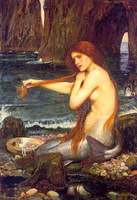
- Mermaids/Mermen: Half-human, half-fish creatures found in various mythologies, mermaids and mermen have been enchanting sailors with their beauty and alluring songs for centuries. They often represent the mystery and allure of the sea.

- Phoenix: A mythical bird that is said to have the ability to regenerate itself by bursting into flames and then rising from its own ashes. The phoenix symbolizes rebirth, renewal, and immortality.
- Pegasus:, the mythical winged horse, is another legendary creature that has captured the hearts and imaginations of many. It is believed to have originated in Greek mythology, where it was the offspring of the god Poseidon and the Gorgon Medusa. Pegasus is often depicted as a pure white horse with large, feathered wings that allow it to soar through the skies. In some myths, it is said that Pegasus' hoof striking the ground created the wellspring of the Muses, the source of inspiration for poetry, music, and the arts.
- Centaurs: Centaurs are mythological creatures from Greek mythology, often depicted as half-human, half-horse beings. They have the torso and head of a human, while the lower half of their body is that of a horse. These creatures are believed to embody the wild, untamed aspects of nature, and they often symbolize the duality of human nature, with its civilized and animalistic sides.In modern times, centaurs have continued to appear in various forms of art, literature, and popular culture. They are often used as symbols of untamed nature or the duality of human nature, and they can be found in fantasy literature, movies, and role-playing games.
- Minotaur: A creature from Greek mythology with the body of a man and the head of a bull. The Minotaur was said to reside in the center of the Labyrinth, a complex maze, and was eventually slain by the hero Theseus.
- Griffins: With the body of a lion and the head of an eagle, griffins are legendary creatures from ancient Greek, Persian, and Egyptian mythology. They symbolize strength, power, and protection.
- Trolls: Originating from Norse mythology, trolls are large, brutish creatures often depicted as dim-witted and dangerous. They are known to live in caves or under bridges and are typically associated with darkness and evil.
- Kappa: A creature from Japanese folklore, the Kappa is a water demon with a turtle-like shell, a beak, and a bowl-shaped depression on its head filled with water. They are known to be mischievous, occasionally violent, and are said to have a penchant for cucumbers
- Kitsune: A shape-shifting fox spirit from Japanese folklore, Kitsune are often depicted as intelligent and powerful creatures with the ability to transform into human forms. They are known to be cunning and sometimes mischievous, though some are considered benevolent and wise.
- Chimeras: Originating from Greek mythology, chimeras are monstrous creatures composed of parts from different animals, usually featuring a lion's head, a goat's body, and a serpent's tail. They represent the chaos and fearsome power of nature.
- Goblins: Found in European folklore, goblins are small, grotesque creatures that are often associated with mischief and malice. They are known to live underground and cause trouble for humans, though some stories depict them as more comical and harmless.
- Gargoyles: These stone-carved creatures are typically found on medieval churches and cathedrals, serving as both decorative elements and as rain spouts to direct water away from the building. Gargoyles often have frightening appearances and are believed to ward off evil spirits.
- Djinn (Genies): Originating from Middle Eastern mythology, djinn are supernatural beings with immense power, often associated with granting wishes. They can take on various forms, such as human or animal, and are known to inhabit hidden realms, such as those found in bottles or lamps.
- Werewolves: Also known as lycanthropes, werewolves are humans who can transform into wolves or wolf-like creatures, often during a full moon. They have roots in European folklore and are typically associated with primal instincts, violence, and a loss of control.
- Yeti (Abominable Snowman): This mysterious creature is said to inhabit the Himalayan region of Nepal, Bhutan, and Tibet. Descriptions of the Yeti vary, but it is often depicted as a large, ape-like creature covered in white fur. The Yeti represents the unknown and the mysteries hidden in remote corners of the world.
These examples showcase the diversity of fantasy creatures that have emerged from human culture and storytelling over time. Each creature offers unique insights into our fears, desires, and aspirations, reflecting the complex nature of the human experience.
Each culture has its unique set of creatures, reflecting the values, beliefs, and fears of the people who created them.
